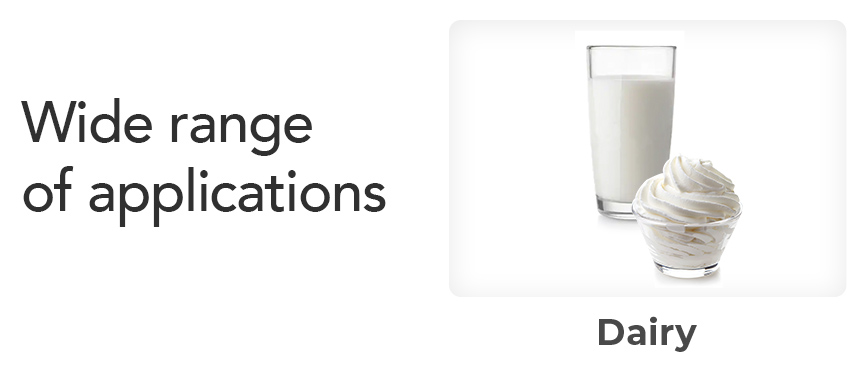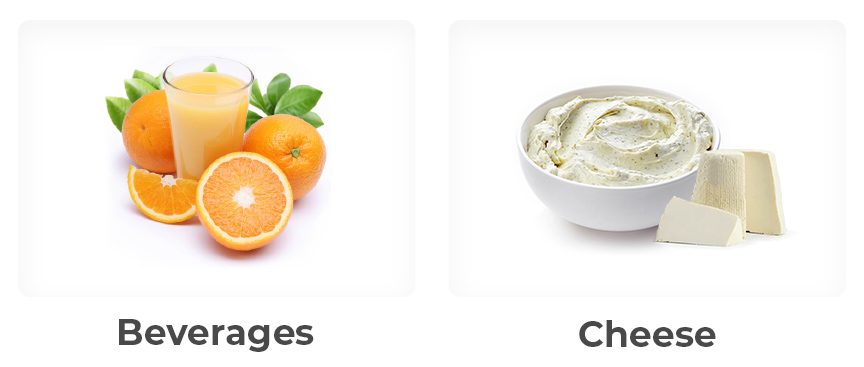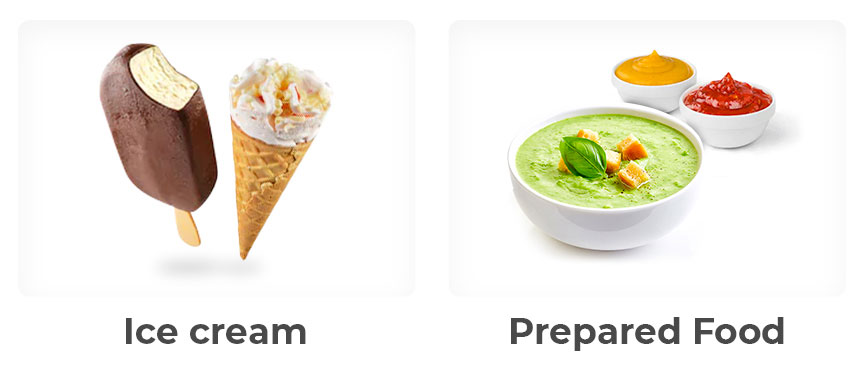Achieve versatility in heating & cooling with less energy consumption
Achieve higher profitability today with Tetra Pak® heat exchangers
Discover the Magic Inside Tetra Pak® Tubular Heat Exchangers
The key factor to look for in heat exchangers is the assurance of the most efficient and reliable heat treatment possible, so that you get a consistently high quality end result with the desired colour, flavour and texture.
The Magic Inside Tetra Pak® Tubular Heat Exchangers:
- Floating protection system eliminates thermal stress, ensuring safety of food products
- Uniform and high thermal efficiency with reduction in energy consumption by more than 50%
- High flexibility and versatility in product applications and operating capacities
Discover the Magic Inside Tetra Pak® Tubular Heat Exchangers
The key factor to look for in heat exchangers is the assurance of the most efficient and reliable heat treatment possible, so that you get a consistently high quality end result with the desired colour, flavour and texture.
The Magic Inside Tetra Pak® Tubular Heat Exchangers:
- Floating protection system eliminates thermal stress, ensuring safety of food products
- Uniform and high thermal efficiency with reduction in energy consumption by more than 50%
- High flexibility and versatility in product applications and operating capacities
Product-to-product tubular heat exchangers: surprisingly versatile
WHAT OUR SOLUTIONS DO FOR YOU
PORTFOLIO OF HEAT EXCHANGERS
WIDE RANGE OF APPLICATIONS
Available for batch, recirculation and continuous inline operation.
Including but not limited to:
Find out more about different applications for our heat exchangers.

















